The Palm Pilot is one of the most iconic devices in tech history, playing a pivotal role in the development of mobile computing. Released in the 1990s, it revolutionized personal digital assistants (PDAs) and paved the way for smartphones and many mobile technologies we now take for granted.
However, from today's perspective, PDAs can seem like one of the most confusing devices to explain to younger generations. These devices look like mobile phones from the early 2010s, so why not simply add an antenna and create the iPhone a decade earlier?
This is what a smartphone looked like in the 1990s...
To understand this, it helps to know what cell phones looked like at the time. Cellular networks weren't as advanced as they are today, and communicating over them required sizeable antennas and batteries. Devices that attempted to combine a PDA and a phone, like the IBM Simon and Nokia Communicator, struggled to find success.
Victimized by gravity: Apple's Newton and a block of wood in your pocket
Before phones became truly portable, Apple essentially released a smartphone without the phone: the Newton MessagePad. A few years later, the Palm Pilot set a new standard for what a mobile device should be. Launched in 1993 for $699 (equivalent to $1,500 today), the Newton MessagePad was designed to replace paper notepads, and that's exactly what it looked like.
It had a 336 x 240 monochrome touchscreen, though "touchscreen" didn't mean the same thing back then. Today's capacitive touchscreens can be operated by merely touching them with a conductive material, and they only require a stylus for more precise input.
The Newton had a resistive touchscreen, that required applying pressure to operate. When using a sharp object like a stylus or a fingernail, the weight of your hand was sufficient. But if you used your fingertip, you'd have to press harder.
Battery life was a problem for the Newton even with four AAA batteries. Later models replaced them with bigger AA batteries, which brought the device's weight up to 580g. To add insult to injury, the over-hyped word-based handwriting recognition system wasn't consistent enough to be useful.
The Newton's handwriting recognition was mocked by The Simpsons
(note the worm in the Apple logo).
Palm, founded by Jeff Hawkins, was a PDA software company, known for its Graffiti handwriting recognition system, which relied on simple, letter-based gestures. Hawkins realized that Palm's software was being held back by the Newton and its imitators. Mobile devices would never gain mass appeal if they were designed like small desktop computers.
Handhelds would be used more frequently than a laptop, but for shorter periods of time. They needed to be easy to carry, offer fewer menus, and not require turning off when not in use.
Legend has it that Hawkins famously carried a block of wood in his pocket for months to test whether people would want a handheld device that fit comfortably and could be operated with one hand. "If I wanted to check the calendar I'd take it out and press the wooden button," Hawkins once shared. "I walked around answering phone calls with this block of wood, and of course it didn't do anything." He envisioned the Palm Pilot as something people would carry everywhere, and this block of wood was to simulate its size and weight.
A wooden Touchdown model at the Computer History Museum in California. Jeff Hawkins tested the PalmPilot's design with this model, using a chopstick for a stylus. He took pretend notes in meetings, and counted the steps it took to perform common tasks. Image credit: Atomic Taco
Mutualistic symbiosis: Handwriting recognition, HotSync, and the golden PDA era
Hawkins wanted to develop his own handheld device under the codename "Touchdown," but Palm lacked the resources for manufacturing and distribution. Along with CEO Donna Dubinsky and VP of Marketing Ed Colligan, he decided to sell the company to U.S. Robotics, which was willing to release such a product.
The Palm Pilot was launched in 1996, starting at $299 and weighing just 160g with two AAA batteries, which could power it for weeks. It featured a 160 x 160 display and a dedicated Graffiti input zone.
The Graffiti handwriting recognition system became a signature element of Palm devices. It wasn't exactly like regular handwriting but rather a simplified alphabet that was easier for the device to recognize. Though it required users to learn a slightly different way of writing, Graffiti quickly became iconic. Many users became proficient with this input method, achieving impressive speed and accuracy.
Internally, the Pilot used the Dragonball CPU, a modified version of the Motorola 68000, which was also used in the original Apple Macintosh and Sega Genesis. The Pilot 1000 came with 128KB of upgradeable RAM, while the Pilot 5000 offered 512KB.
IBM reached an agreement to sell the Palm III under the name WorkPad.
Rather than trying to replace the PC, the Pilot aimed to enhance it. The PDA came with a PC-connected dock and a physical button to sync your calendar, contacts, and notes through the HotSync software. The concept was that with a press of a button, users could synchronize their device with their desktop computer, transferring files, contacts, and appointments.
This ability to easily sync data between devices was groundbreaking at the time and a precursor to the cloud-based synchronization we use today.
Within a couple of years, the Palm Pilot became synonymous with PDAs, selling more than one million units, compared to just 200,000 for Apple's MessagePad. When Steve Jobs returned to Apple and became CEO, he discontinued the entire Newton line.
Long before the Apple App Store and Google Play, the Palm Pilot had a thriving community of developers creating applications. Palm Pilot's operating system, Palm OS, had a well-documented API, which allowed developers to create thousands of apps. These included everything from office applications, to medical calculators and games, planting the seeds for today's massive mobile app ecosystems.
The second-generation Palm PDAs were called PalmPilot (one word) due to a lawsuit from the pen company Pilot, which was planning to sell PDA styli.
A stunning collection of vintage PDAs, showcasing early mobile computing history. Among them is the Sony Clie, a series of PDAs running Palm OS, known for their sleek designs and multimedia features. Image credit: user5518 on reddit.
The next generation, the Palm III, included 2MB of flash memory, so users could add their own apps. Many of these apps are available on the Internet Archive. The Pilot line was succeeded by the Arm-based Palm Tungsten series. All in all, Palm sold more than 30 million PDAs.
The Palm Pilot became a status symbol in the late 1990s and early 2000s. It was featured in numerous TV shows and movies as a device for businesspeople and tech enthusiasts. One notable example is "The X-Files," where FBI agents were shown using Palm Pilots to record notes. The device helped cement the idea that handheld technology was essential for productivity and efficiency.
Convergent evolution: Pocket PC devices
In the early 2000s, the smartphone concept was finally taking off, driven by two product lines with physical keyboards: BlackBerry, and the Handspring Treo that was powered by Palm OS and had been founded by Palm's leading trio – that company eventually merged with Palm.
The Treo was one of the first successful smartphones, helping lay the foundation for modern smartphones by integrating communication, email, and a calendar into a single device. At the same time, Windows-based Pocket PC devices had become the spiritual successors to the Newton.
During that time, there were persistent rumors that Apple was considering re-entering the mobile space, with Steve Jobs reportedly interested in buying Palm as a shortcut into the handheld market. Ultimately, Jobs decided to build something entirely new in-house. We know how that story unfolds – it's been told many times how that decision led to the creation of the iPhone. Still, it's fascinating to imagine how differently things might have turned out if Apple had acquired Palm.
When Apple revealed the iPhone in 2007, it was obvious that lessons from the Pilot were learned. However, the iPhone used a capacitive touchscreen, allowing effortless typing with both thumbs rather than a stylus, a departure from the earlier smartphone designs like the Pilot.
The "phoneless smartphone" concept remained popular well into the 2010s thanks to the iPhone-based iPod Touch and small Android tablets.
Palm's fall from prominence is often attributed to the company's failure to keep up with the rapidly evolving smartphone market, particularly after the launch of the first iPhone.
In 2009, Palm made a notable comeback attempt with the Palm Pre, featuring the innovative webOS. Despite its advanced multitasking and gesture controls, it couldn't regain Palm's former dominance in the handheld market.
However, Palm made a notable attempt at a comeback with the Palm Pre in 2009, which ran webOS, an advanced operating system with features like multitasking and notifications that were ahead of its time. Despite positive reviews, Palm couldn't regain its market share, and the company was eventually acquired by HP.
The enduring legacy of Palm
HP shuttered the Palm brand in favor of the HP brand in 2011. It marked the end of an era where Palm, Blackberry, and Nokia regularly battled it out for the smartphone/PDA crown.
However, about seven years later, the Palm brand was briefly resurrected with the introduction of the "Palm" phone. This was not a fully-fledged smartphone but rather a companion device designed to minimize screen time while still providing access to essential apps. Though the device didn't become a mainstream hit, it captured nostalgia and tried to offer a solution to the digital overload that many people experience today.
While Palm as a company eventually faded, webOS had a lasting impact. HP's acquisition of Palm brought webOS to a larger platform, and the operating system's innovations in multitasking and touch gestures influenced future mobile OS designs. In fact, many of the gesture-based controls in modern smartphones can trace their roots back to Palm's webOS.
Three decades after the Newton, Apple released the Vision Pro mixed-reality headset, and certain similarities are hard to ignore. The attempt to recreate the iPad experience in a wearable format resulted in just two hours of battery life. This might be a blessing in disguise, as the headset weighs 600g and can exceed 1kg with the 353g battery attached.
Compared to other form factors, mixed-reality headsets blur the line between active and background use the most, and Apple failed to adapt to this usage pattern.
Even if the Vision Pro had a chance to succeed as a device for very specific purposes, its $3,499 introductory price virtually guarantees it won't. If mixed reality ever becomes mainstream, it will need its own version of the Palm Pilot.
Bonus Material
#1: In this nostalgic Palm V commercial, the ad highlights wireless communication between two Palm devices. IrDA (infrared) enabled users to "beam" information to another IrDA-enabled device by aligning their infrared ports, typically within a range of a few feet.
#2: A brief showcase of the IBM Simon Personal Communicator, considered the world's first smartphone:

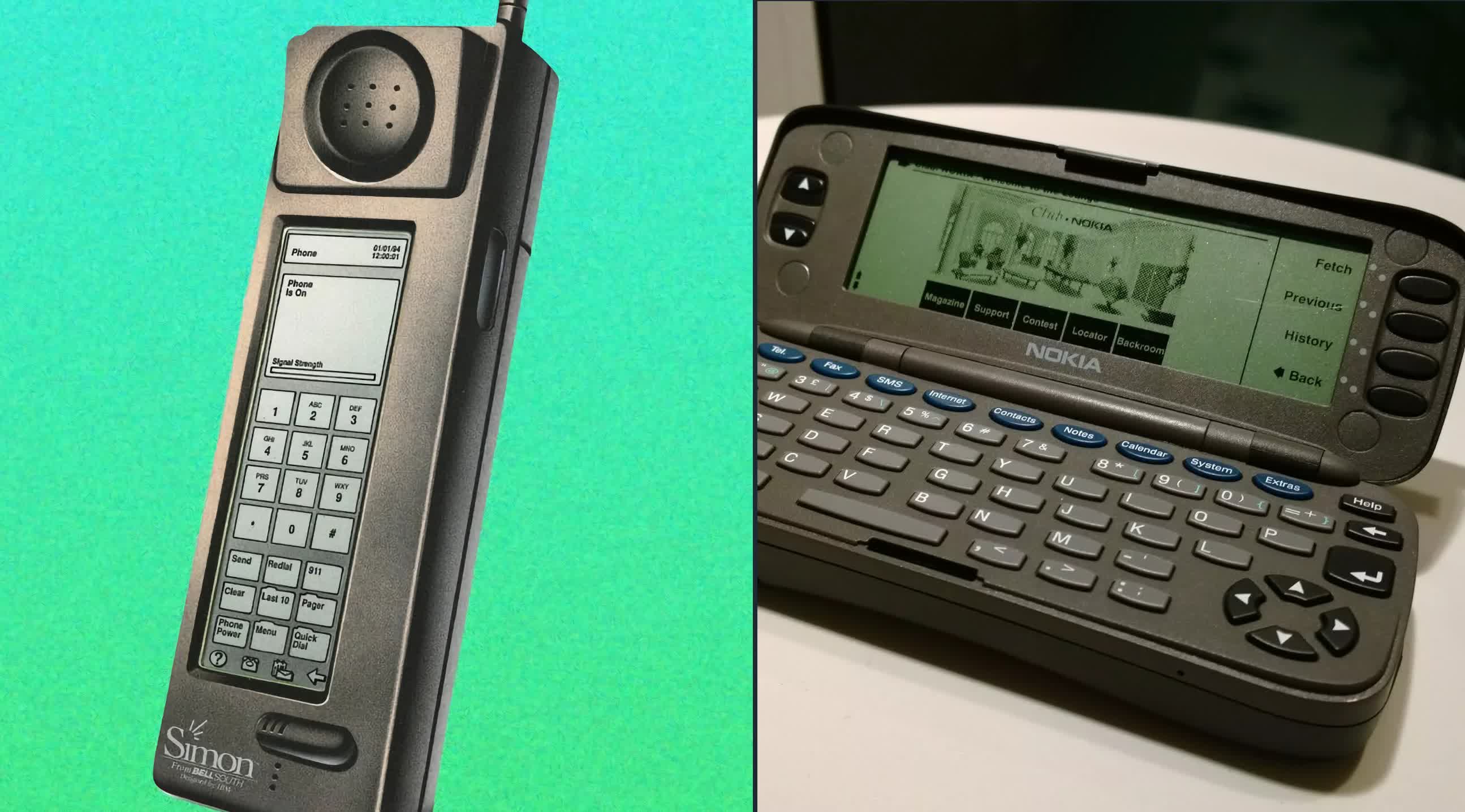
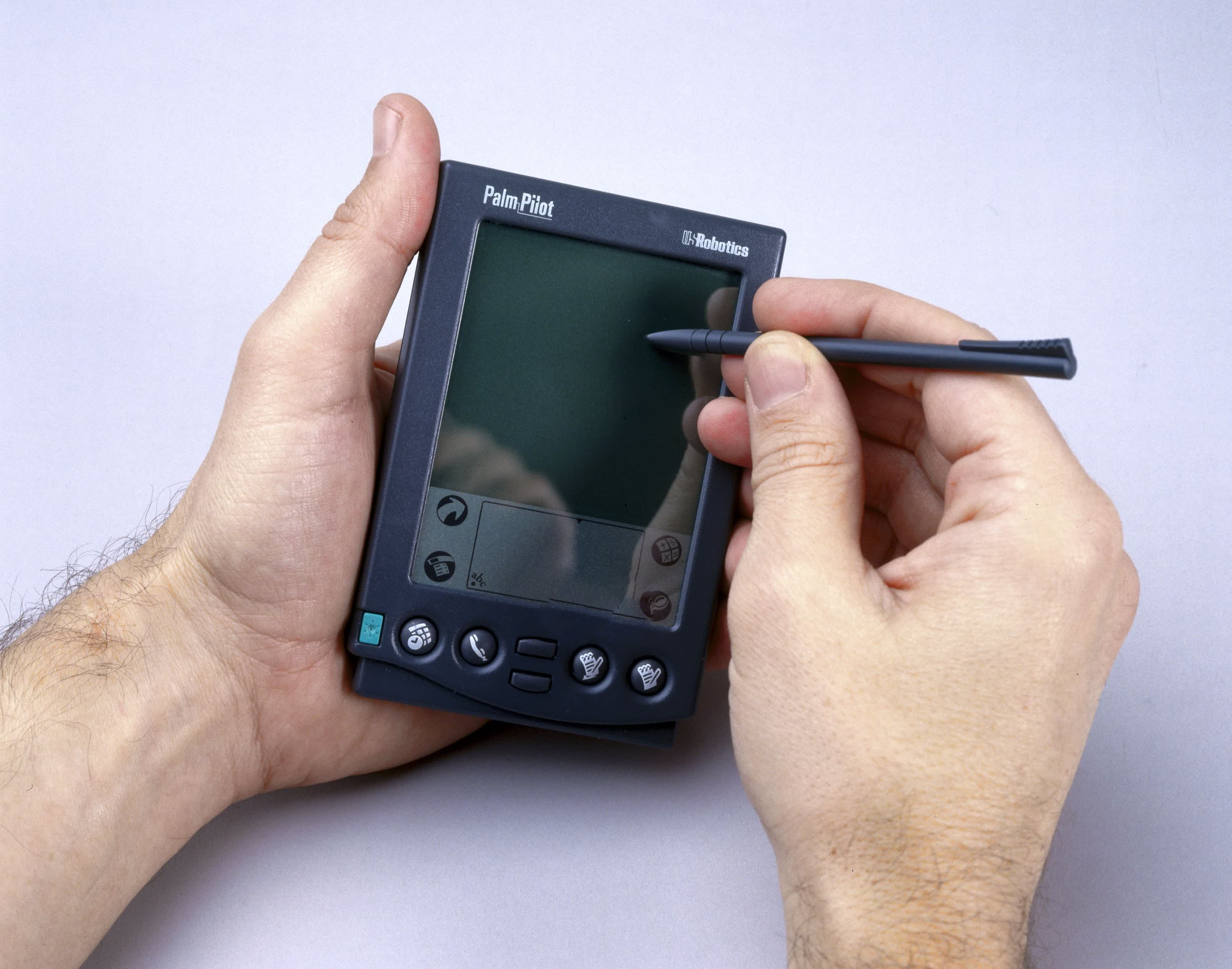
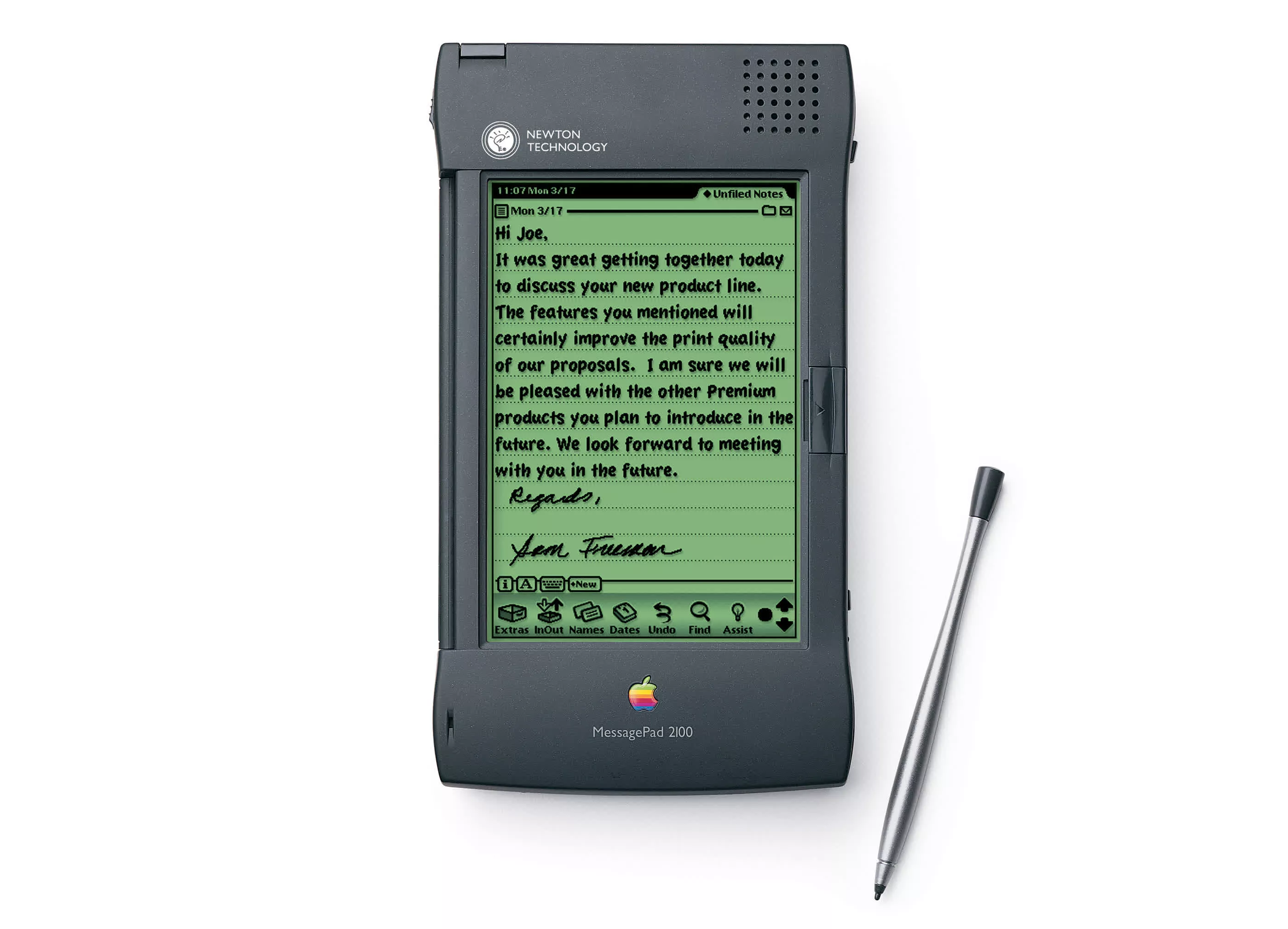

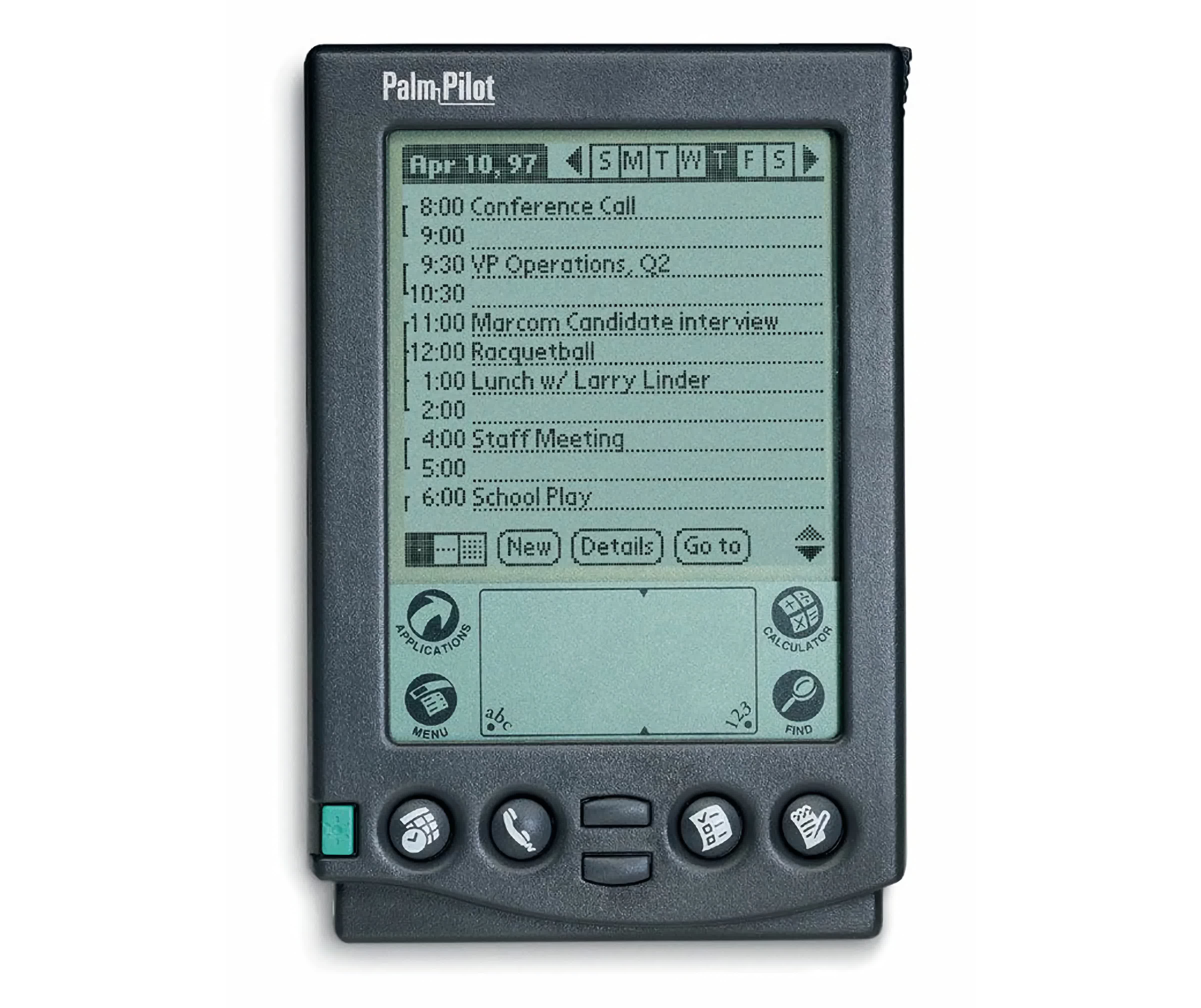
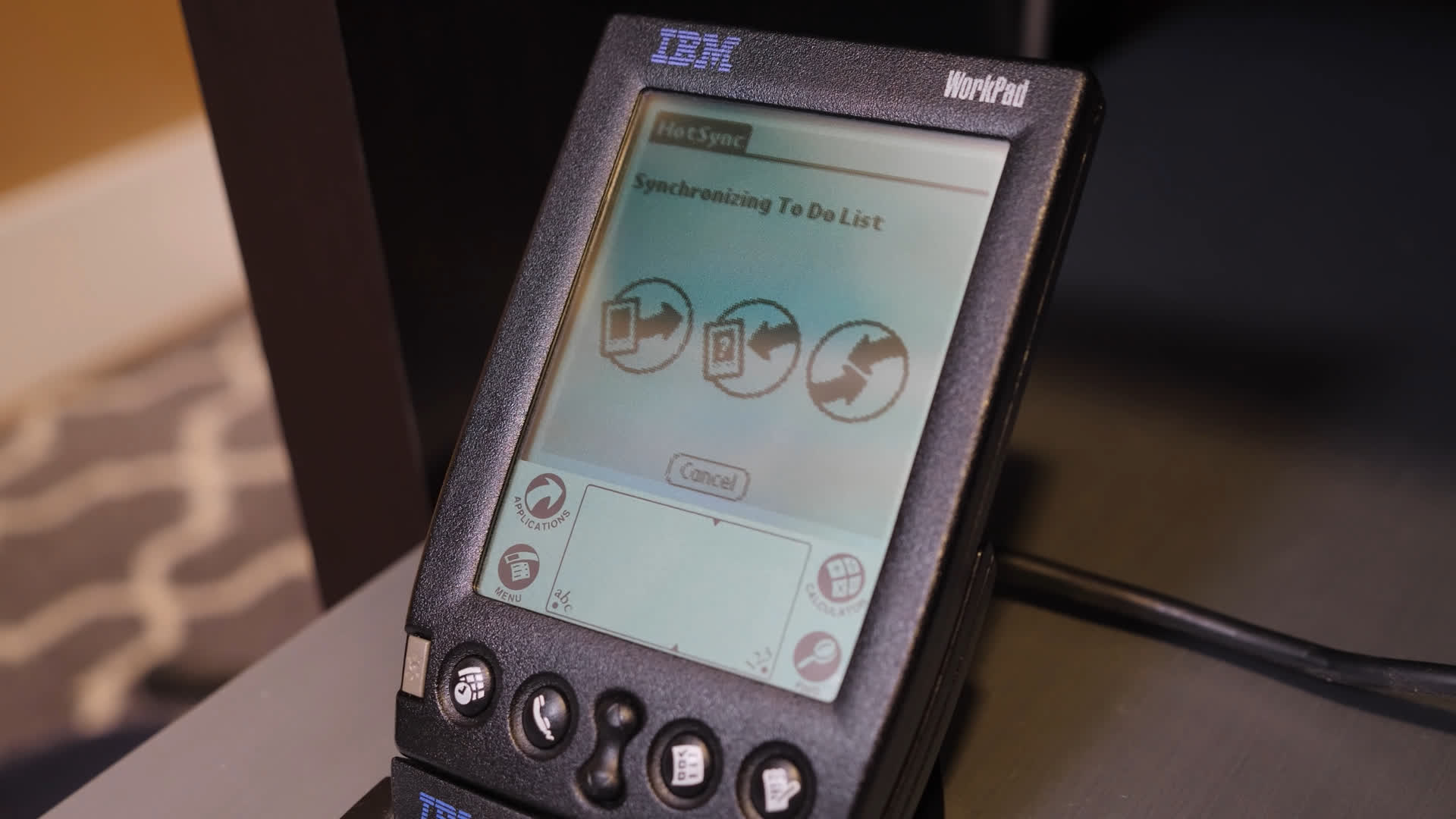
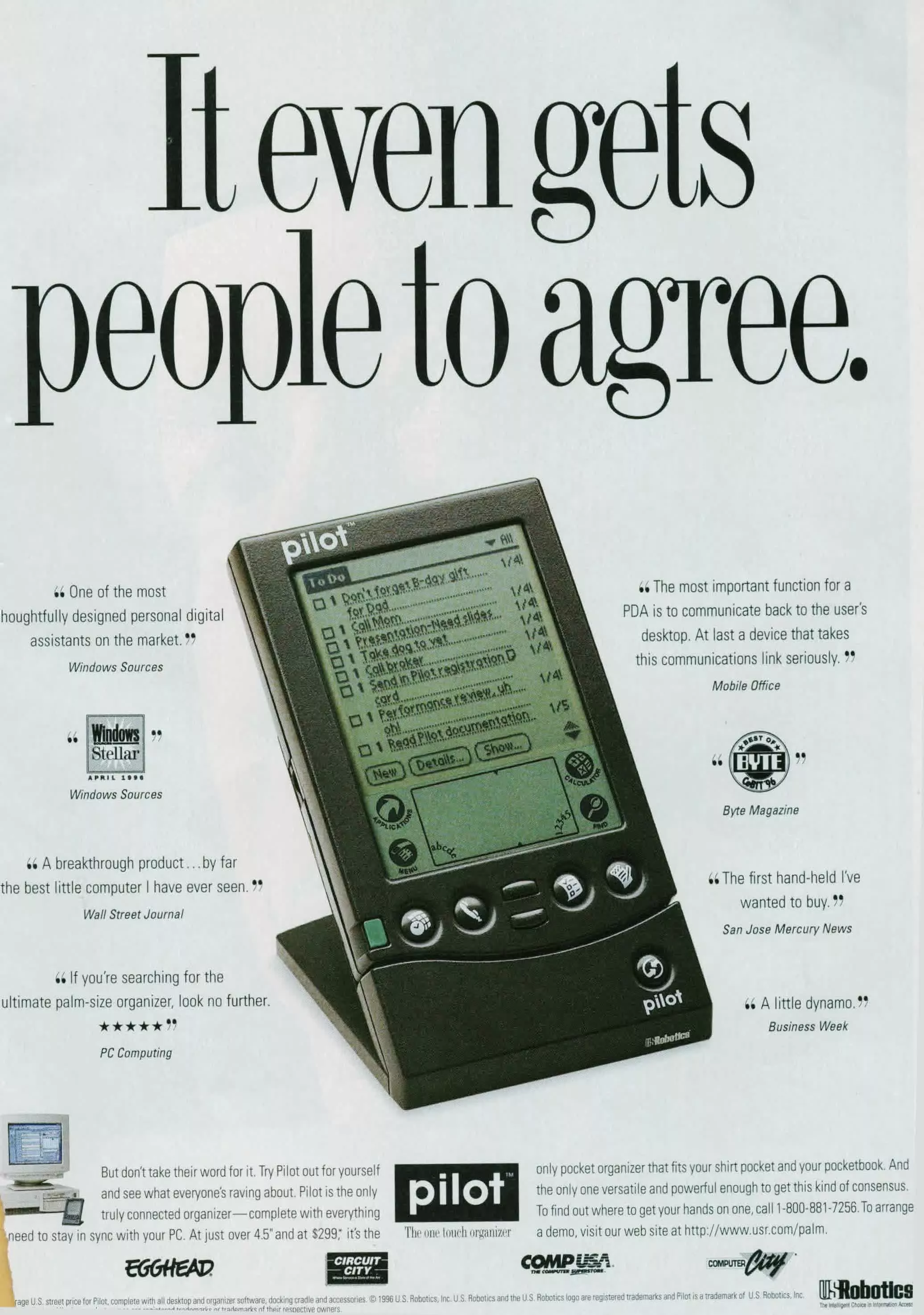
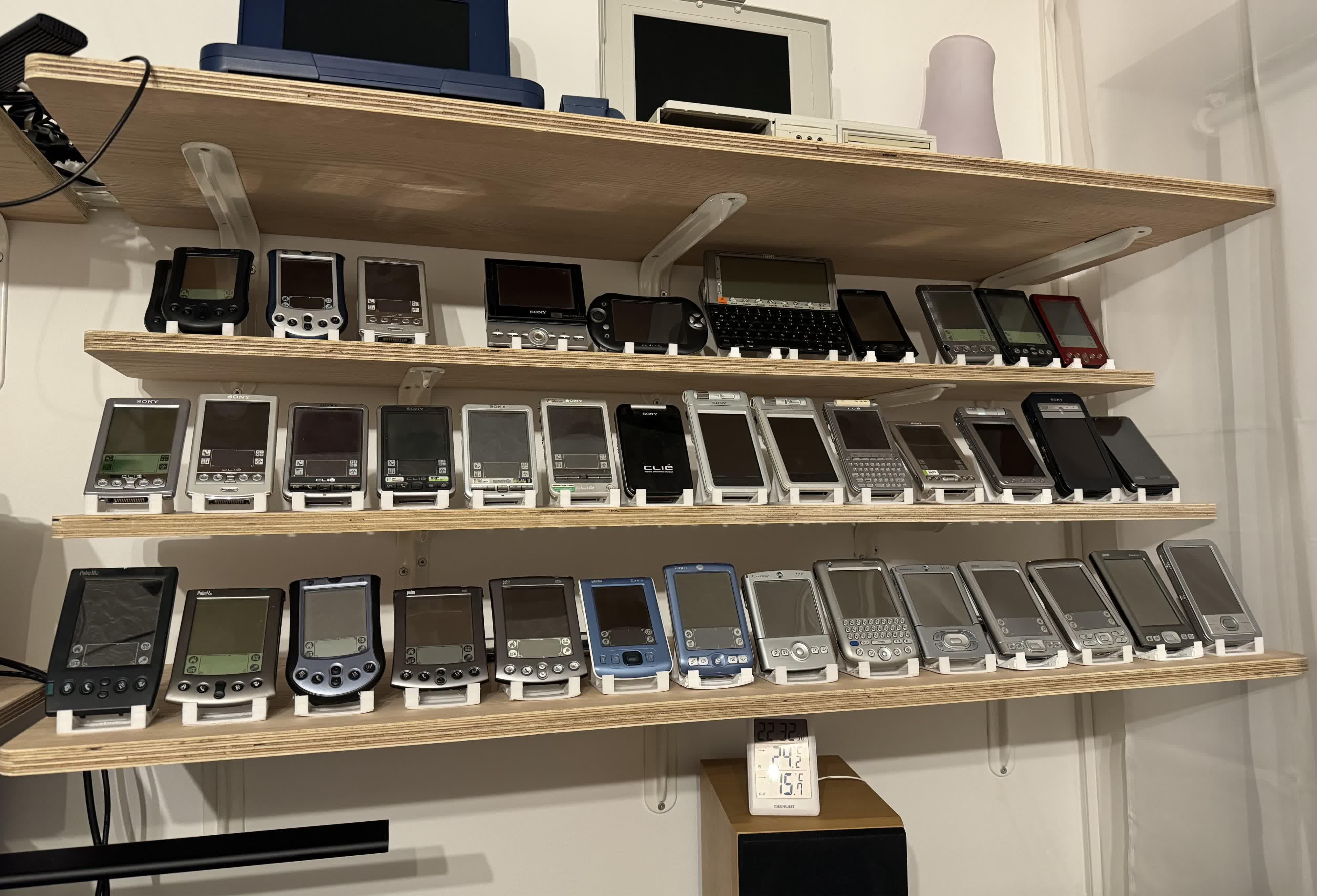
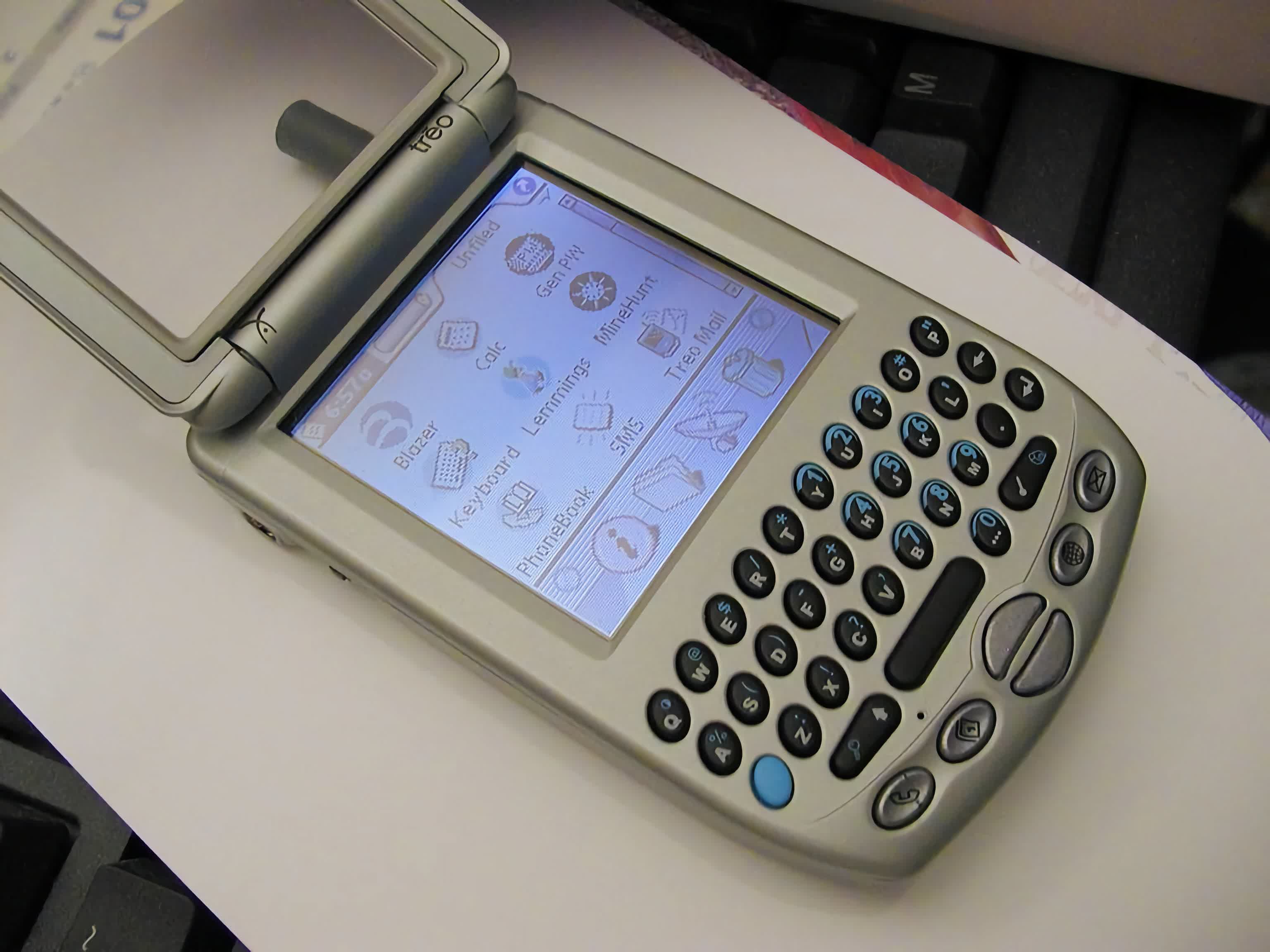
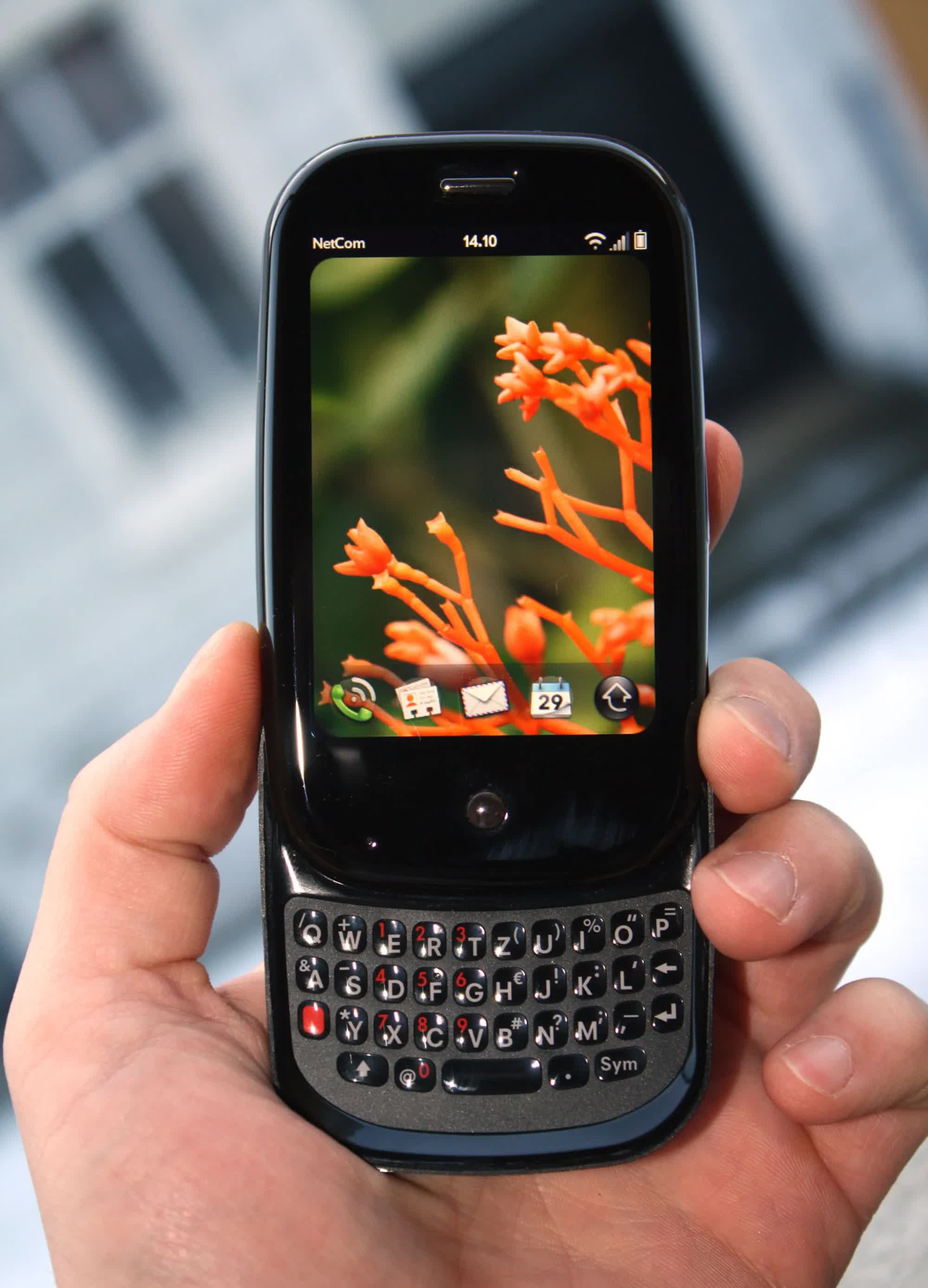
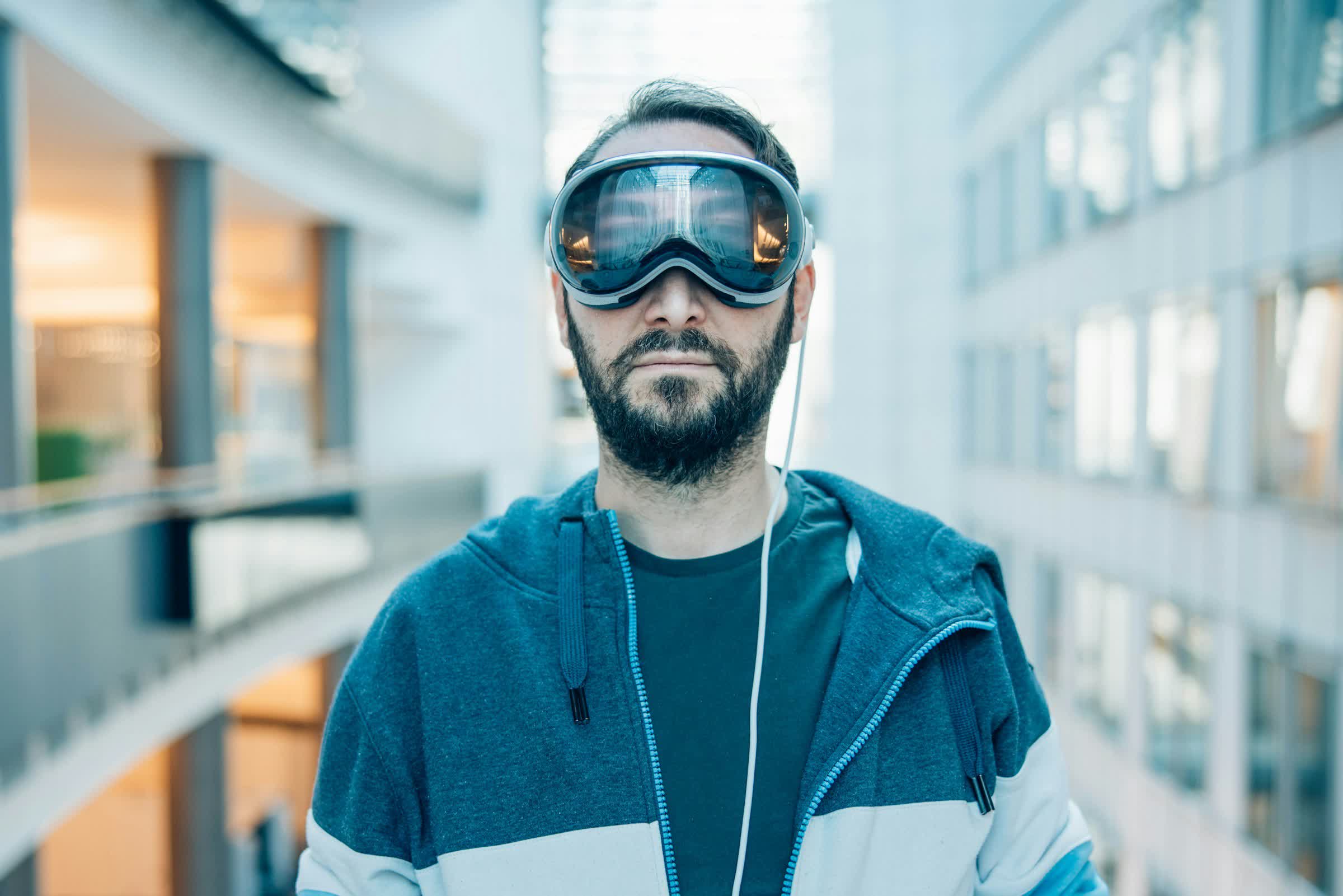
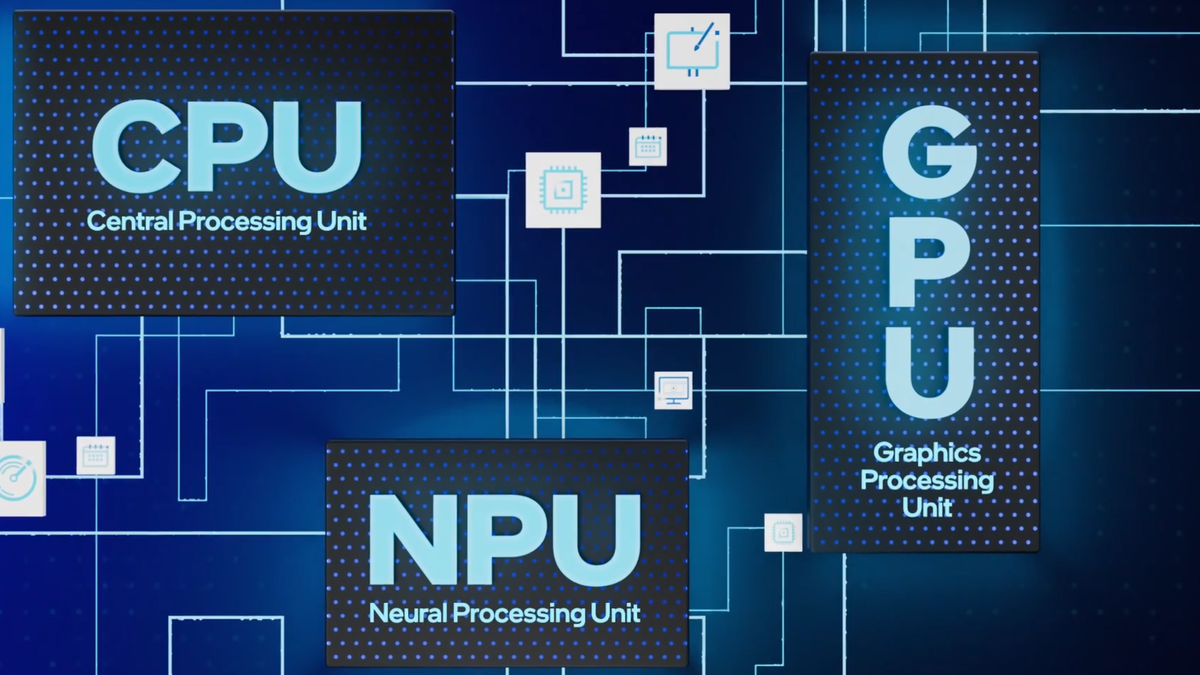
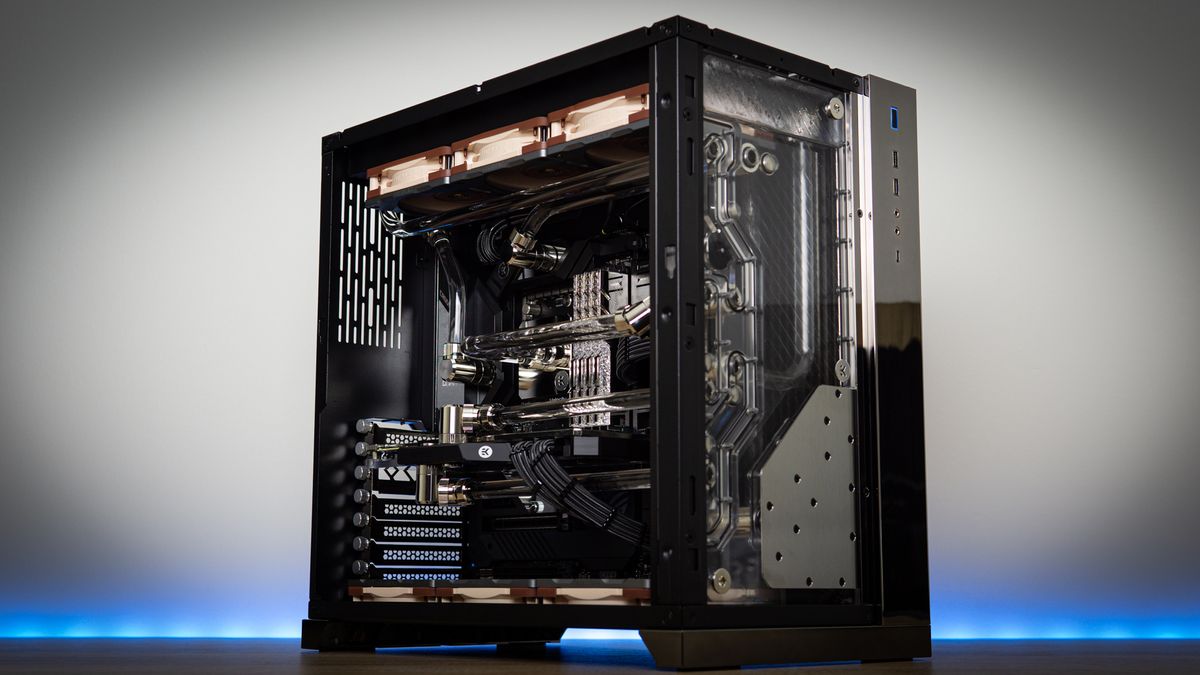
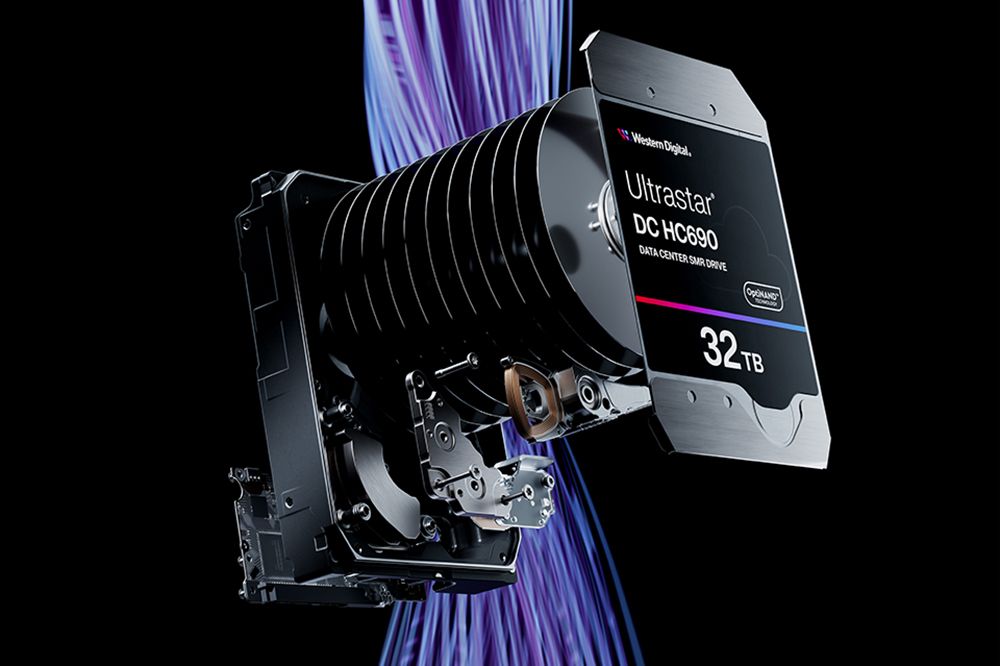





 English (US) ·
English (US) ·